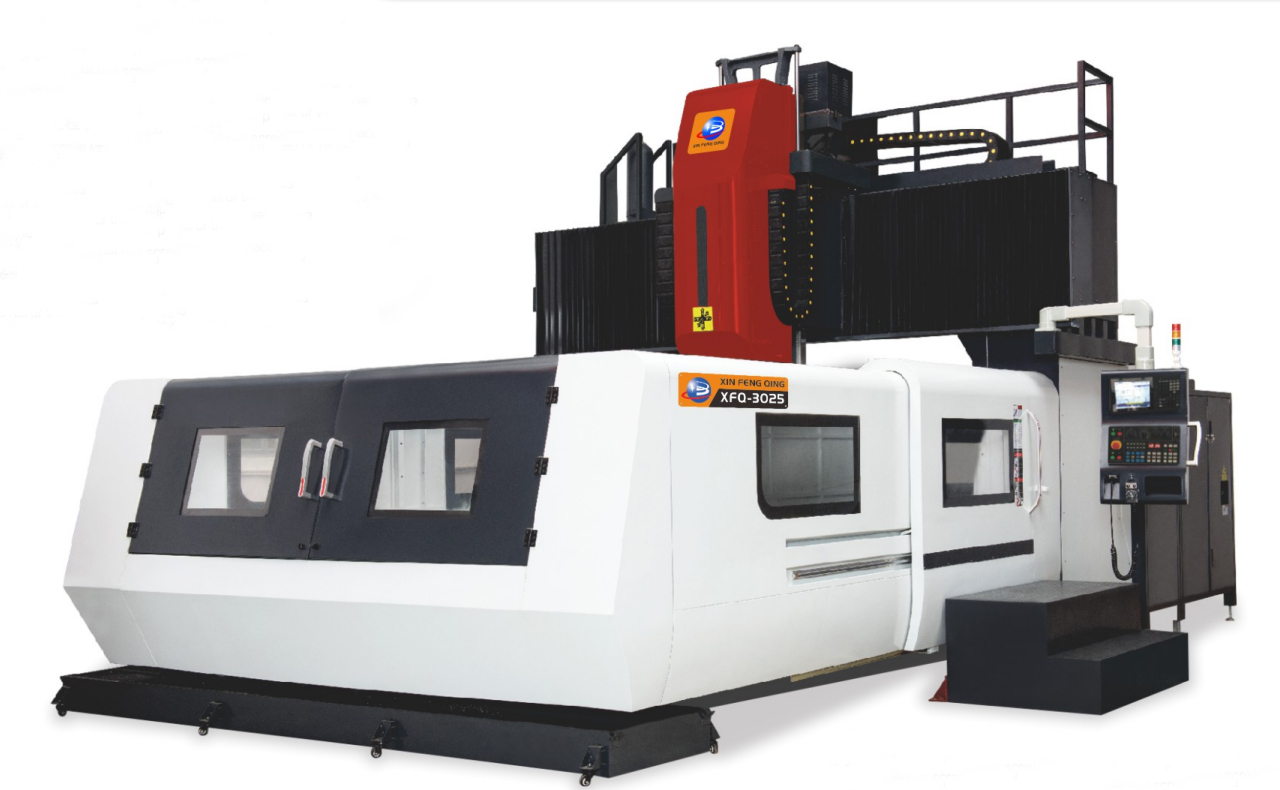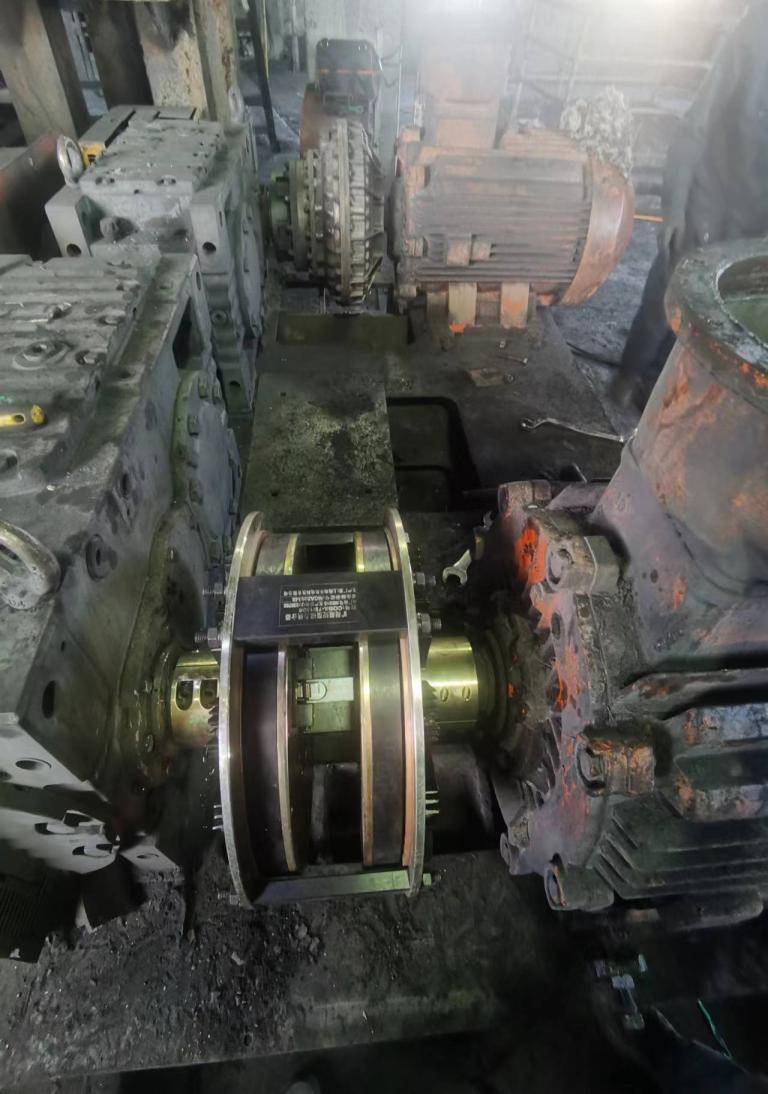The single axis worm slew drive is a critical component in various industrial and mechanical systems, known for its high torque and precision in slow-speed applications. However, like any mechanical system, it is susceptible to wear and tear, which can lead to performance degradation or even complete failure. In this blog post, YOJU will share wear repairs for single axis worm slew drives for sale, the common types of damage that can occur, signs that indicate a repair is needed, and the steps involved in the repair process to restore optimal performance.
Common Types of Damage
1. Wear and Tear on Gear Teeth: The worm and worm gear are the most critical components in a worm slew drive. Over time, the teeth can wear down due to friction and the constant application of torque.
2. Lubrication Failure: Insufficient or improper lubrication can lead to increased friction, accelerated wear, and even seizure of the gears.
3. Overloading: Operating the drive beyond its specified load capacity can cause immediate damage or lead to premature failure.
4. Misalignment: Improper alignment of the drive components can lead to uneven stress distribution and increased wear.
5. Corrosion: Exposure to moisture or aggressive environments can cause corrosion, which weakens the structural integrity of the drive components.
Signs of Damage
1. Noise: Unusual or increased noise during operation can indicate gear wear or misalignment.
2. Leakage: If there is leakage of lubricant, it could be a sign of a damaged seal or housing.
3. Performance Degradation: A noticeable decrease in the precision or speed of the drive can signal internal damage.
4. Temperature Increase: A significant rise in operating temperature can indicate excessive friction or a mechanical blockage.
5. Vibration: Excessive vibration can be a sign of misalignment, imbalance, or gear damage.

Repair Process
Step 1: Inspection and Diagnosis
The first step in repairing a single axis worm slew drive is a thorough inspection to identify the source of the problem. This involves:
- Visual inspection for physical damage or signs of wear.
- Listening for abnormal sounds that could indicate gear wear or misalignment.
- Checking for leaks and measuring the temperature to identify overheating issues.
Step 2: Disassembly
Once the problem has been identified, the drive must be disassembled to access the damaged components. This should be done carefully to avoid causing further damage:
- Remove the housing and any protective covers.
- Carefully remove the gear assembly, ensuring that all parts are labeled for reassembly.
Step 3: Component Repair or Replacement
Depending on the extent of the damage, the components may need to be repaired or replaced:
- For worn gears, the teeth may be reground or the gears replaced entirely.
- Damaged seals and housings should be replaced to prevent further leakage.
- If misalignment is the issue, the components may need to be realigned or adjusted.
Step 4: Reassembly and Lubrication
After the necessary repairs or replacements have been made, the drive is reassembled:
- Ensure all components are correctly positioned and securely fastened.
- Apply the appropriate lubricant to reduce friction and protect the gears.
Step 5: Testing and Calibration
Before the drive is put back into service, it must be tested to ensure that it operates smoothly and efficiently:
- Perform a test run to check for any unusual noises or vibrations.
- Calibrate the drive to ensure it meets the required precision and speed specifications.
Step 6: Preventative Maintenance
To prevent future damage, a preventative maintenance schedule should be established:
- Regularly inspect the drive for signs of wear or damage.
- Check and maintain proper lubrication levels.
- Ensure the drive is not subjected to excessive loads.
Conclusion
The repair of a single axis worm slew drive requires a systematic approach, starting with a thorough inspection and diagnosis, followed by the necessary repairs or replacements, and concluding with testing and preventative maintenance. By following these steps, the performance and longevity of the drive can be restored, ensuring reliable operation in your mechanical systems. Regular maintenance and prompt attention to any signs of damage are key to preventing costly repairs and downtime.
https://www.enyoju.com/Damage-repair-of-single-axis-worm-slew-drive.html
www.enyoju.com
YOJU






+ There are no comments
Add yours